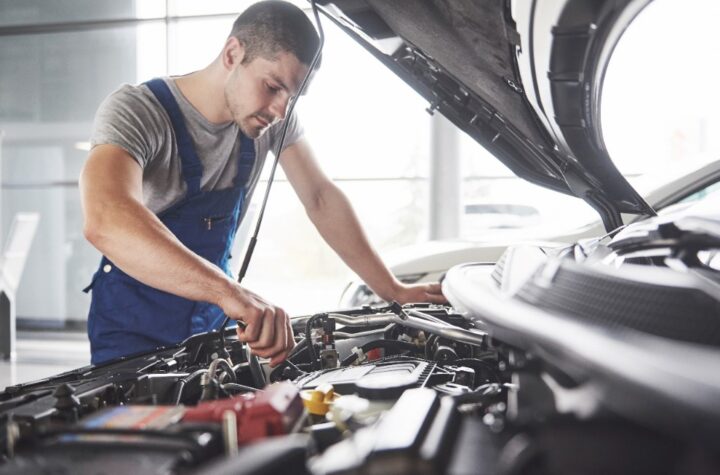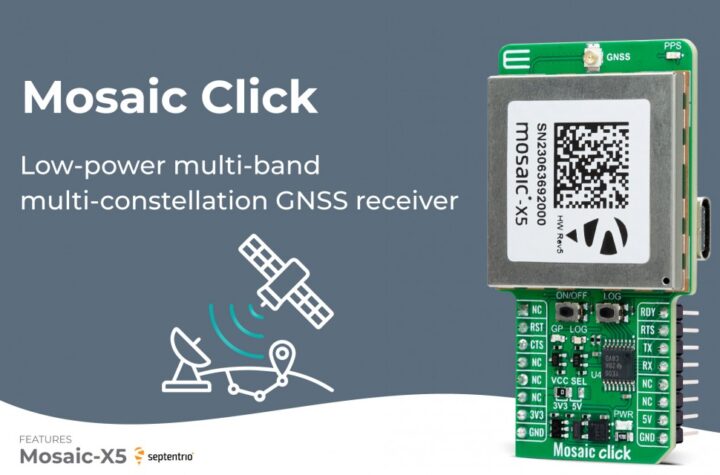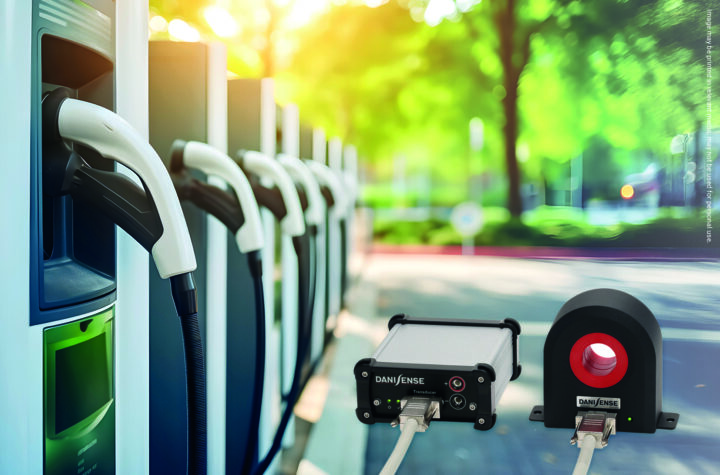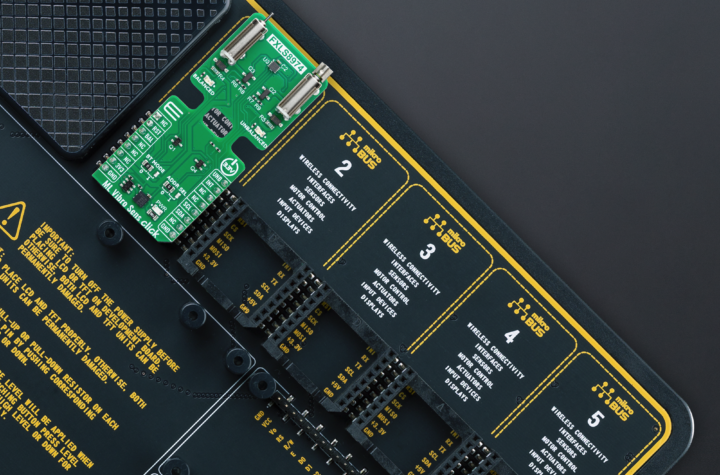
The Basics Four years following its introduction, BMW’s X5 crossover SUV — its third-biggest seller in the U.S. — gets significant product enhancements including: A new xDrive all-wheel drive system that very quickly adjusts front/rear torque distribution to optimize traction and handling.
Four years following its introduction, BMW’s X5 crossover SUV — its third-biggest seller in the U.S. — gets significant product enhancements including: A new xDrive all-wheel drive system that very quickly adjusts front/rear torque distribution to optimize traction and handling.
BMW’s 4.4L Valvetronic V-8 engine, which delivers 25 more horsepower and significantly better fuel economy versus the engine it replaces in the X5 4.4i model. Two new 6-speed transmissions — manual for the 6-cylinder 3.0i, automatic for the 4.4i. “Freshened” exterior and interior design (mostly a subtly new front end) along with feature enhancements including BMW Assist, an OnStar-like telematics system. xDrive: Variable Torque Split with Quick Reflexes
The original X5 all-wheel drive used a planetary center differential to split torque 38 percent front, 62 percent rear, adjusted for specific traction conditions by the traction-control function of the Dynamic Stability Control (DSC). The new xDrive system takes a very different path. (See xDrive article, this issue)
Powertrain Upgrades The ’04 X5 4.4i’s Valvetronic V-8 delivers 315 hp vs. the previous 4.4L’s 290 hp and 16/22 mpg EPA economy vs. the previous 14/18. Valvetronic (see AI May, 2003 for technical details) is a patented BMW system that varies valve lift (from 0.3 mm at idle to 9.7 mm at full-power) to control engine output. Among other things, it eliminates throttle pumping losses by replacing the conventional throttle. A fully, steplessly variable intake manifold optimizes performance across the entire engine speed range while (as on other BMW engines) “Double VANOS” variable valve timing continuously adjusts the timing of exhaust as well as intake valves.
The ’04 X5 4.4i’s Valvetronic V-8 delivers 315 hp vs. the previous 4.4L’s 290 hp and 16/22 mpg EPA economy vs. the previous 14/18. Valvetronic (see AI May, 2003 for technical details) is a patented BMW system that varies valve lift (from 0.3 mm at idle to 9.7 mm at full-power) to control engine output. Among other things, it eliminates throttle pumping losses by replacing the conventional throttle. A fully, steplessly variable intake manifold optimizes performance across the entire engine speed range while (as on other BMW engines) “Double VANOS” variable valve timing continuously adjusts the timing of exhaust as well as intake valves.
Teamed with the Valvetronic engine is a new 6-speed automatic transmission (replacing the previous 5-speed automatic) that smoothes the flow of power from rest to high speeds with more, smaller steps between 1st and top gears. The ’04 X5 4.4i can do 0-60 mph in 6.8 seconds vs. the ’03’s 7.4 sec., while the X5 3.0i (with its new standard 6-speed manual) does it in 7.8 sec. vs. the ’03’s 8.1 sec., according to BMW.
What We Think
BMW of North America built 101,000 2003 X5s in its Spartanburg, S.C., plant, of which 61K were exported. U.S. buyers averaged 48 years of age, $150K in household income and 50 percent female, 38 percent of with kids at home and 31 percent with post-grad degrees. While the ’99-’03 X5 did a respectable job of blending BMW dynamics with SUV capabilities, the ’04 version is far better, largely due to its amazingly effective xDrive system. While few will see serious offroad duty, affluent folks will continue snapping them up as fast as BMW can stamp them out for their appealing combination of upscale image and foul-weather security.
| Specifications | |
| What is it: | A car-based mid-size SUV |
| Who’s it for: | Those wanting BMW image, dynamics and foul-weather security |
| Competition: | Cadillac SRX, Mercedes- Benz M-Type, Lexus GX 470, Infiniti FX45, Lincoln Aviator |
| Where’s it built: | BMW North America plant in Spartanburg, S.C. |
| Base Price: | X5 3.0i $40,995 X5 4.4i $52,195 |
| Engines: | 3.0L DOHC 24-valve I-6/4.4L DOHC 32-valve Valvetronic V-8 |
| Horsepower: | 225 @ 5900 rpm/315 @ 5400 rpm |
| Torque: | 214 @ 3500 rpm/324 @ 3600 rpm |
| Layout: | Front engine all-wheel-drive |
| Transmission: | 6-spd manual or opt. 5-spd auto/6-spd auto |
| Supplier Involvement | |
| Engine cooling system: | Behr America |
| Power brake assembly: | Continental Teves |
| Wiring harness: | Delphi Packard |
| Air conditioning: | Denso International |
| Air springs: | Gates Rubber |
| Seats: | Lear Seating |
| Airbags: | TRW |
| Steering: | TRW Steering |
| Instrument cluster: | VDO Instruments |
| Exhaust system: | Zeuna Staerker |















More Stories
Easy Car Maintenance Tips to Prevent Accidents Due to Malfunctioning Parts
Exploring the Best 2024 Jeep Gladiator Add-ons for Performance and Style
Maximizing Tire Life with the Right Air Pump for Car Tires